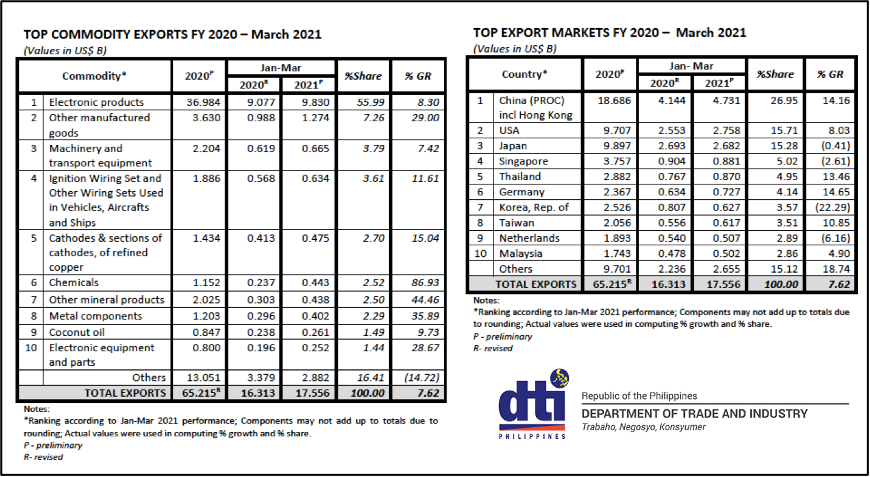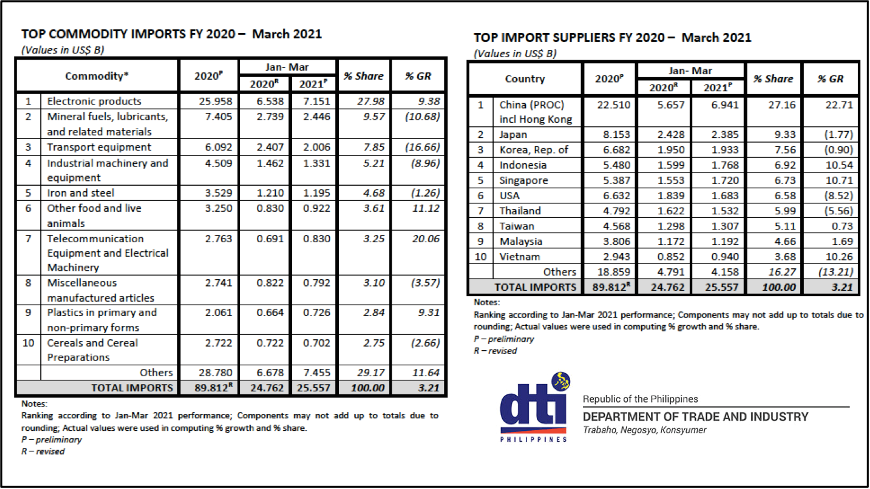On August 30, 2021, the United States and the Philippines will commemorate the 70th anniversary of the Mutual Defense Treaty (MDT). Since 1951, the MDT has been the major legal foundation of U.S.-Philippine security alliance. In fact, the U.S. regards the Philippines as its oldest treaty ally in Asia. In the global war on terrorism, the U.S. even declares the Philippines as major non-NATO (North Atlantic Treaty Organization) ally.
During the 75th anniversary of the establishment of Philippine-U.S. relations on July 4, 2021, both countries acknowledge that their friendly ties continue to be strong and their alliance remains robust. U.S. Defense Secretary Lloyd Austin even visited Manila on July 29, 2021 to affirm the value of this alliance and to further strengthen it in the light of persistent and emerging security challenges of the 21st century.
As a result of Austin’s visit, President Rodrigo R. Duterte withdrew the termination of the Visiting Forces Agreement (VFA). With the withdrawal of the VFA termination, the U.S. and the Philippines can now resume all its planned joint military exercises and other U.S. military activities in Philippine territories. The resumption of the VFA also reaffirms the value of U.S.-Philippines alliance not only in advancing their mutual security interests but also in maintaining peace and stability of the wider Indo-Pacific region.
After seven decades, however, the Philippines has become an ambiguous American ally because of major transformations in Philippine foreign policy under President Rodrigo R. Duterte known for his strong anti-American views. Duterte enunciated a paradigm shift in Philippine foreign policy when he visited China in 2016 where he announced his government’s intention to separate from the U.S. in order to assert an independent foreign policy that is friendly to China.
Delighted to see the China-friendly policy of Duterte, Chinese President Xi Jinping visited Manila in 2018 where China and the Philippines agreed to pursue comprehensive strategic cooperation in the 21st century. To peacefully manage their disputes in the South China Sea, the two countries even established in 2017 the Bilateral Consultative Mechanism (BCM) where they discussed cooperation in joint fishery management, marine scientific research, marine environmental protection, search and rescue operation, maritime law enforcement cooperation and even cooperation on the development of gas and oil.
Though the Philippines remains a U.S. ally, Manila’s growing cooperation with Beijing under Duterte is placing this alliance on a very uncertain ground. Apparently, Duterte is dealing obscurely with the two major powers to get the best of both worlds as the two major powers increasingly compete for influence and loyalties of other Asian states. Because China has risen as an Asian economic superpower, the Philippine government has significantly shifted its trade and commercial orientation from the U.S. to China.
In 2018, for example, China became the top foreign investor in the Philippines amounting to USD930 million or P48.7 billion according to Department of Trade and Industry (DTI). This happened during the 2018 visit to Manila of President Xi Jinping who declared comprehensive strategic cooperation between China and the Philippines. As a result, the Philippines also became one of the major recipients of China’s Official Development Assistance (ODA) in Southeast Asia.
In 2019, China became the number one imports supplier amounting to USD 20.5 billion, according to the DTI. It was also in 2019 when China became one of the major sources of foreign tourists reaching 1.74 million according to the Department of Tourism. As of March 2021, the DTI reported that the China became the Philippines’ top import and export markets for whole year of 2020.


Also in 2020, China was the first country that provided the Philippines medical assistance to respond to the COVID-19 pandemic. As of July 2021, China became the number one source of COVID-19 vaccines, according to the Department of Health.
In other words, China has become the Philippines’ major economic partner because of Duterte’s China-friendly policy.
Considering that the U.S. remains to be a dominant military power and the main security provider in Asia amidst the already risen China, the Philippine government still maintains its security alliance with the U.S. to address security challenges arising from China, especially in the context of the South China Sea disputes.
In the Philippines, the South China Sea disputes are major causes of its external security anxieties. Thus, the Philippine government continues to mobilize the support of the U.S. to meet its security requirements while engaging China to meet its economic needs.
In other words, the Philippine government is applying the strategy of what G. John Ikenberry calls as “mixed strategies of engagement and hedging”. The Philippines is engaging China for economic purposes. But the Philippine government is also hedging by maintaining its security alliance with the U.S. as a counterweight to China.
By being an ally of the U.S., the Philippine government continues to receive annual military assistance amounting to at least USD100 million. From 2016 to 2019, the U.S. provided the Philippines a total of military aid of at least USD 500 million. In February 2021, the Bidden Administration announced the removal of any restrictions on arms sale to the Philippine armed forces. In June 2021, the Armed Forces of the Philippines (AFP) received a total of USD 3.8 million worth of U.S. military weapons and equipment. With the recent withdrawal of the VFA termination, the Philippine government expects the U.S. to increase its assistance in building the overall operational capacity of the AFP, particularly in maritime security (MARSEC), counterterrorism (CT), and humanitarian assistance and disaster response (HADR).
The U.S., on the other hand, expects the Philippines to take the American side in the growing major power competition with China. China, however, is a big neighbor next door that can offer huge economic opportunities to the Philippines that the U.S. can no longer provide. Though the U.S. can still provide the security needs of the Philippines, Manila is compelled by the current situation not to choose between China, as close neighbor, and the U.S. as a distant relative. Rather, the Philippine government wants to get the best of both worlds to advance the Philippines’ national interests.
Because of Duterte’s China-friendly policy, there is no doubt that Philippines has become an ambiguous and not a natural ally of the U.S. as they commemorate the 70th anniversary of their alliance this year. By being an ambiguous ally, it allows the Philippines to arguably pursue a more independent foreign policy.

